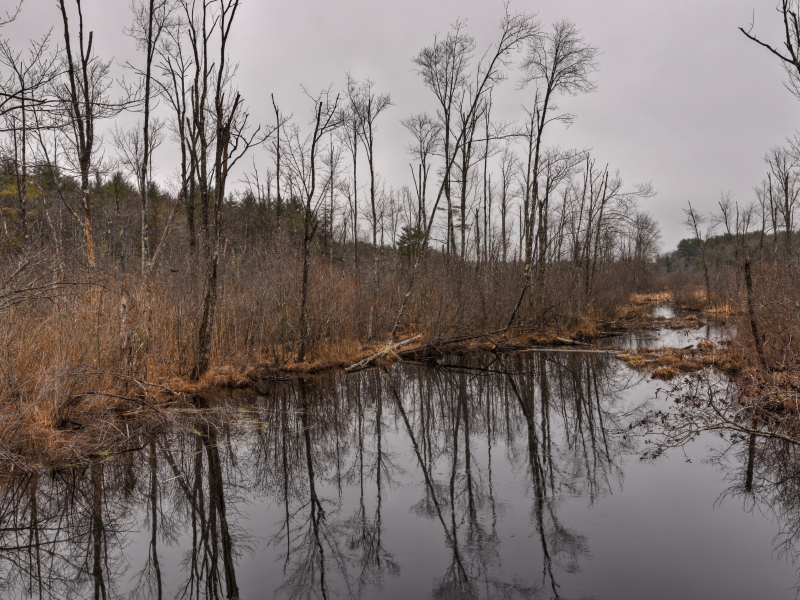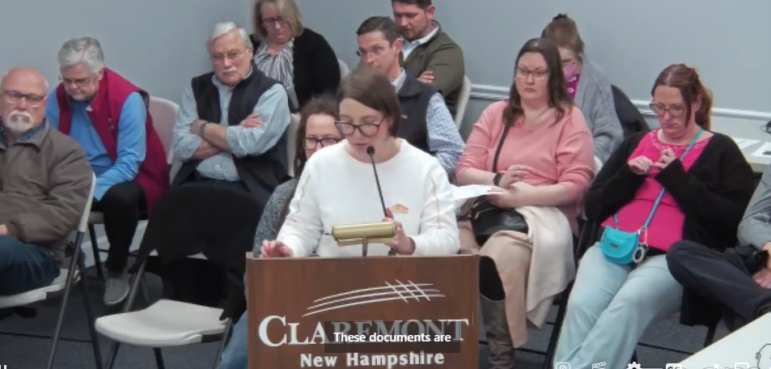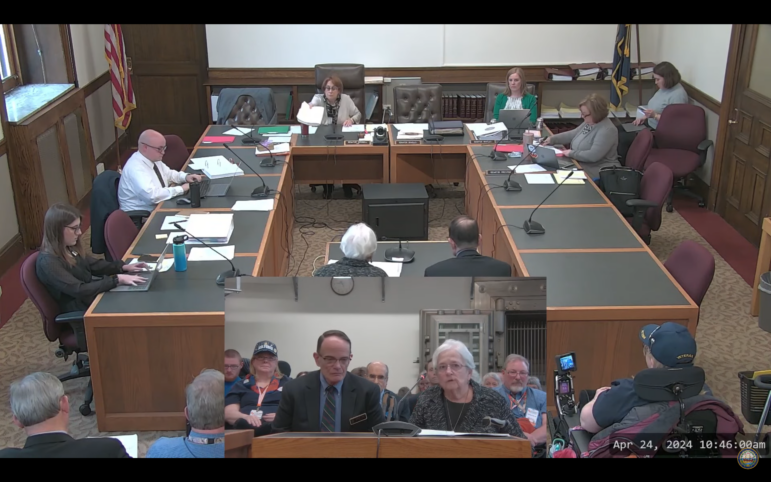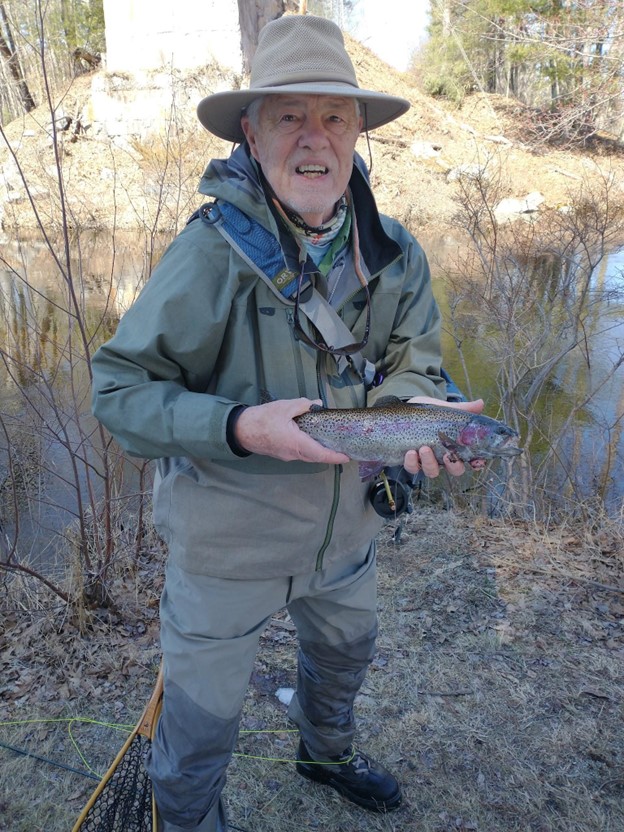Click here for Statement by Representative-Elect Mindi Messmer
PORTSMOUTH – Gov. Maggie Hassan wants the state to examine results of testing done by the Conservation Law Foundation that show a brook near the Coakley Landfill contains high levels of cancer-causing perfluorinated chemicals, her spokesman William Hinkle said.
A news release issued by the foundation on Wednesday showed Berry’s Brook, which runs northeast through Rye and discharges into the Great Bay Estuary at Little Harbor, had almost three times the level of PFCs deemed acceptable by the Environmental Protection Agency.
Perfluorinated chemicals have been linked to kidney and testicular cancer, high cholesterol, thyroid disorders and hypertension in pregnant women, the release said.
Berry’s Brook was sampled Nov. 2 by Jeff Barnum, the foundation’s Great Bay-Piscataqua Waterkeeper, working with state Representative-elect Mindi Messmer and a group of local residents, according to the release.

State Rep.-Elect Mindi Messmer
“These elevated PFC numbers from Berry’s Brook are extremely troubling,” said Messmer, a Democrat who has been an environmental consultant for over 25 years. She serves on Hassan’s Task Force to investigate the nearby rhabdomyosarcoma pediatric cancer cluster that she identified in 2014.
“How is it possible that such high numbers exist so long after the closure of Coakley? The stream runs through Rye neighborhoods and lots of kids play in it. Coupled with a nearby (pediatric) cancer cluster, this is simply unacceptable,” Messmer said.
Hinkle said Hassan hopes “the Conservation Law Foundation will provide their test results to the state so that NH Department of Environmental Services can confirm the results and expand testing of surface water in the area as necessary.”
“Ensuring access to safe, clean drinking water is critical to public health, the well-being of our families, vibrant communities and a thriving economy, and Governor Hassan will continue to work aggressively with state agencies, our federal partners, local communities and concerned citizens to address and protect against contaminated water,” Hinkle said.
Barnum said the threat has been around for three decades since the closure of the superfund site. “…And the severe threat it posed to surrounding neighborhoods was left wholly unaddressed,” Barnum said.
“And in the years since, the day-to-day operations of Pease Air Force Base and Pease Tradeport have only made matters worse,” he said.
Barnum said many families in the area rely on private wells. “We cannot afford to wait any longer to begin educating our neighbors about this serious health risk and taking action to make our water safe and clean,” Barnum said.
The state Department of Environmental Services has previously tested surface water at sites across the state and did not see elevated levels of PFCs, Hinkle said.
He said the department’s focus at Coakley began with expanded testing of drinking water sources such as wells. That’s because surface water is only used as a source of drinking water after treatment, he said.
“Tests at other sites consistently showed PFC levels below the EPA drinking water health advisory level,” Hinkle said. “As NHDES and the EPA continue to evaluate results from expanded PFC sampling and the impact that the federal superfund site at Coakley Landfill has had in contaminating water in the area, the governor continues to believe that all options to address contaminated water should be on the table, including long-term treatment and connecting residents in the area to municipal water.”
According to the Conservation Law Foundations’s test results, Berry’s Brook was found to contain PFCs at a level of 194 parts per trillion (ppt). The U.S. Environmental Protection Agency recently established a health advisory for PFCs at the level of 70 ppt.





